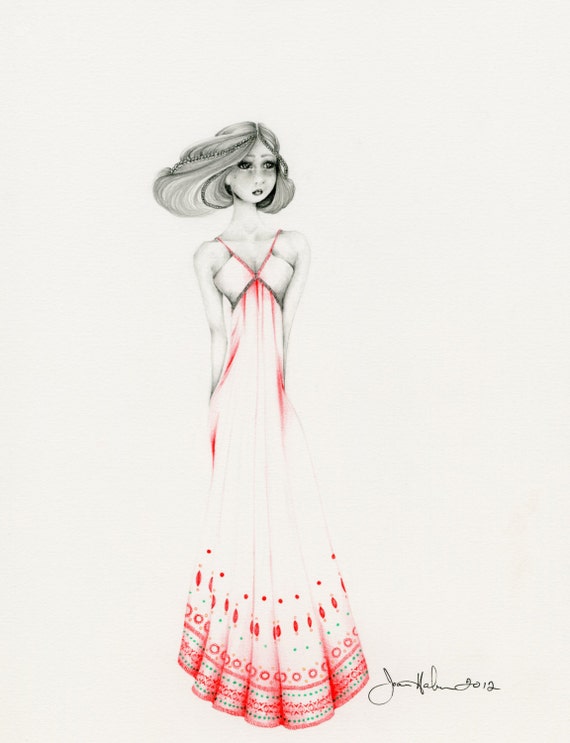

René Gruau, Tribute to Christian Dior's first fashion collection in 1947, 1987 To copy the pose, just remember to identify the balance line, the high shoulder, high hip, and the supporting leg (the one which touches the balance line).Home > Essays > Fashion Illustration from the 16th Century to Now Fashion Illustration from the 16th Century to Now Sarah Goethe-Jonesįig. To start, find poses to mimic by looking through magazines. Now you can have fun and try drawing your own fashion figures! Notice the tilts including the subtle differences between the two knees. When this happens, the leg supporting all the weight cannot be bent. Again, you can try this by shifting your weight to one foot. There’s one more rule that fashion figures must follow: the leg which comes from the high hip cannot be bent and that foot must touch the balance line. Anything above the high hip will follow the tilt of the shoulders, while everything below will follow the tilt of the hips, however all of these tilts will not be as severe as the shoulders and hips.

Try it yourself: If you tilt your shoulders, what happens to your hips?Īdditionally, by tilting parts of the body, the rest of the body will follow suit. Tilt the high hip, too, but with the opposite side higher.įor example below, I made the right shoulder higher so the left hip would be higher in order to keep the figure balanced. However, this time (after drawing the balance line and putting down the 10 head marks) tilt the shoulder line so that one side is higher. Once you get the proportions down, now it’s time to give the figure movement! There are three crucial components which all fashion figures require: a balance line, a high shoulder, and an opposing high hip.
SKETCH FASHION DRAWING HOW TO
Fashion Sketching 102: How to Draw Figure Movement The fingers should end a little above the 5 heads mark. These begin with the wrist at the crotch. The last head is for the feet, which begin at the ankle to flare out in diagonal lines for 3/4 of the length of the head before they meet at a point. The thighs (from high hip to knee) and the calves (from knee to ankle) should be the same length.

For the calves, make a smaller cylindrical shape by curving the lines from the knees and then tapering them at the ankles, which jut out slightly on the inner half of each leg. Finalize the Feetĭraw the legs by making lines that curve and narrow as they go from the high hip to the knee for the thighs. Draw the Legsįor the lower half of the body, mark 6 1/2 heads as well as 9 for the knees and ankles, respectively. Therefore, the woman fashion figure should have an hourglass silhouette. Create Lines for Knees & Anklesĭraw the features in, using straight lines: The shoulders on the woman fashion figure are 1 1/2 heads wide, the waist is a head’s width, while the hips should be about 1 1/4 heads wide. The elbows are also located with the waist at the 3 heads mark.

These marks are where the shoulders, bust, waist, high hip, and crotch are located, respectively. Draw a Line (For Shoulders, bust, waist, high hip, and crotch)įor the top half of the body, draw lines extending from 1 1/2 heads, 2 1/4, 3, 3 1/2, and 4 1/4 heads, as outlined below. Using this measurement, draw nine small dashes equal distance apart, then number them from the bottom of the chin (#1) down to the bottom of the feet (#10). Measure the head, either with your pencil or the ruler. Connect these two on the sides with slightly rounded diagonal lines, as shown in the sketch below. To draw a head, sketch a large circle on top with a smaller circle below it. Draw the Headĭraw a head with the middle of it on the line. The balance line always extends from the base of the neck (where it meets the shoulders) straight to the ground. the line which determines the body’s center of gravity.


 0 kommentar(er)
0 kommentar(er)
